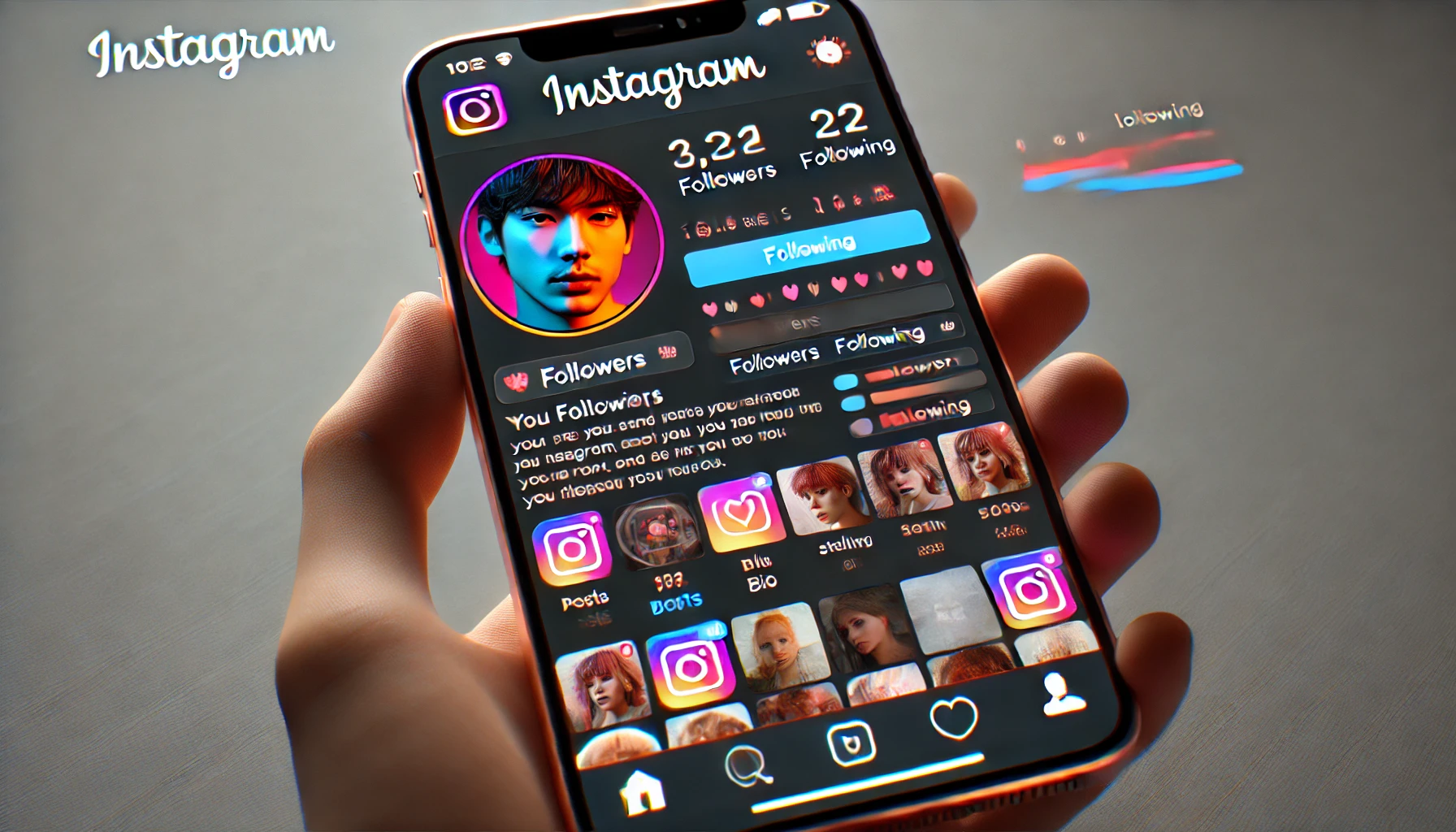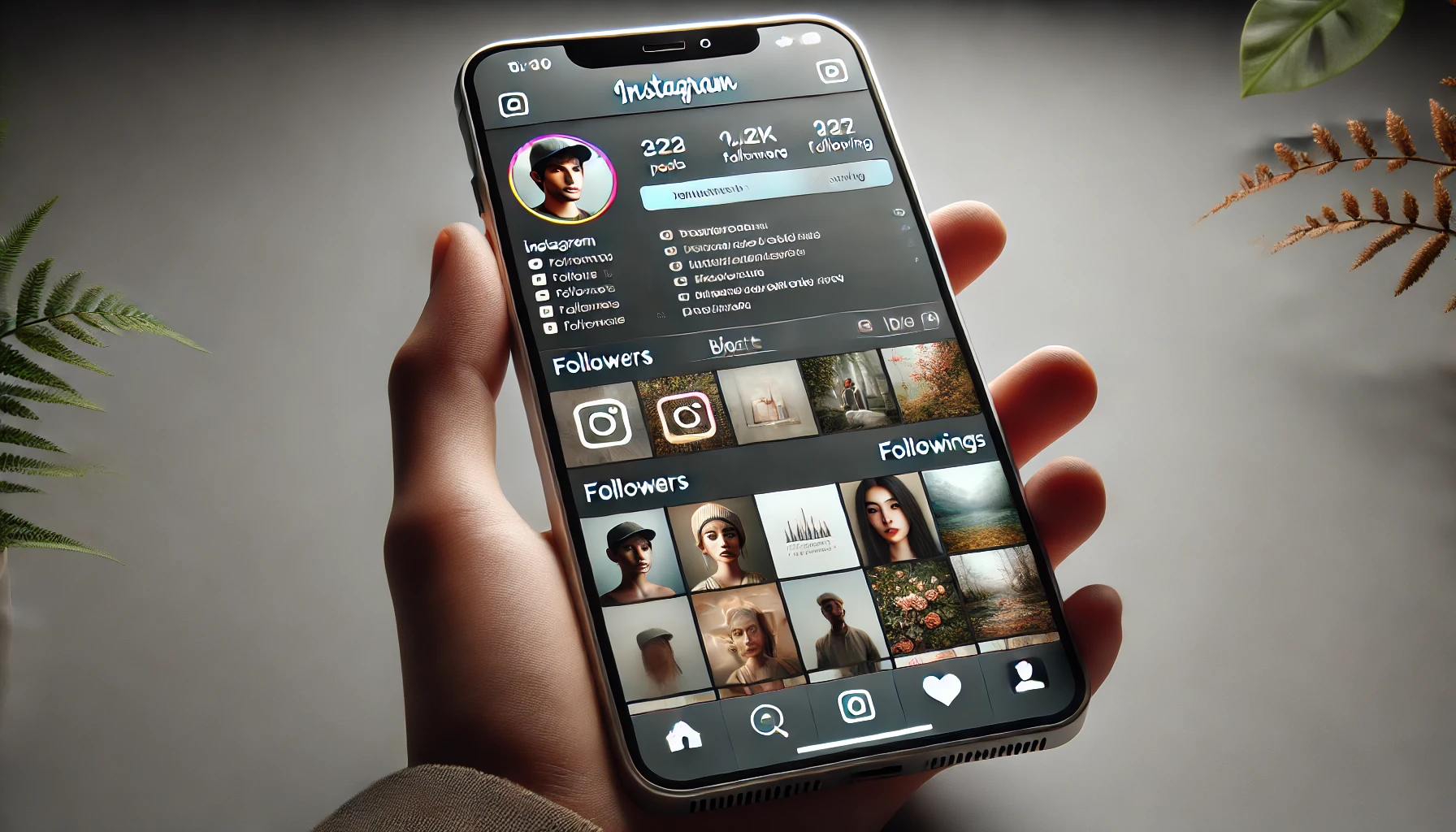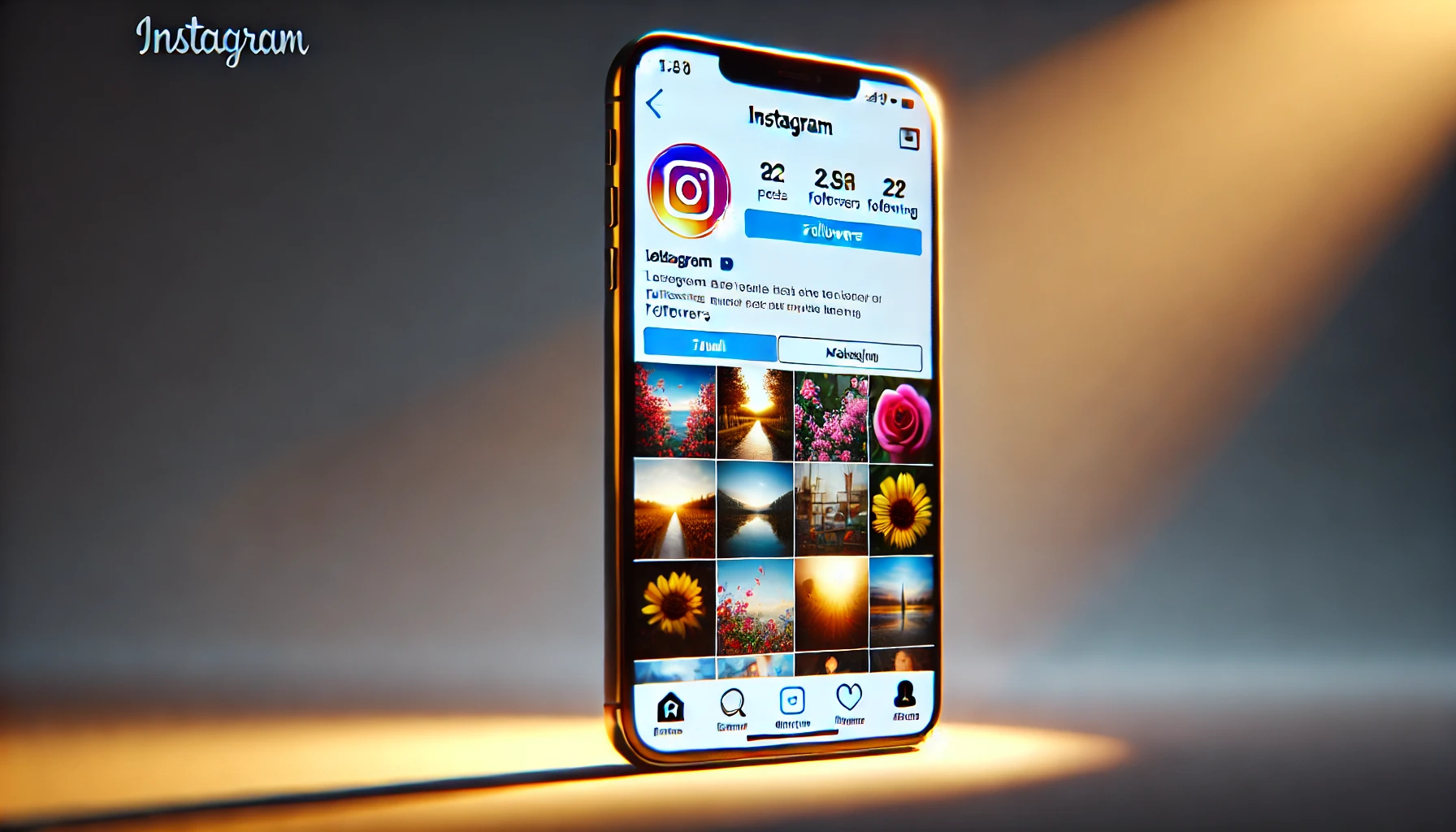The term "followers vs following difference" often comes up, especially when evaluating one's social media presence on social media platforms like Instagram.
Grasping the distinction between these two terms can help you manage your online profile more effectively, whether you aim to grow your influence or simply maintain a balanced social media account.
Followers vs Following on Instagram: Definition

To understand the "followers vs following difference," it's important to first define these terms within the context of Instagram.
Both "followers" and "following" play distinct roles in how you interact with others on the platform and increase your follower count.
What Do Followers Mean on Instagram?
Instagram followers refer to the people who have chosen to subscribe to your profile.
When someone follows you, they see your posts and stories on their feed, allowing them to keep up with your updates and engage with your content.
Your Instagram followers are essentially your audience; they can like, comment, and share your posts, influencing your engagement rates.
Having a high number of followers is often seen as a sign of the account’s popularity or influence on Instagram.
Brands and influencers with a large follower count are typically considered more credible as they reach a broader audience than other users.
However, the number of Instagram followers you have isn’t just about quantity; it’s also about the quality of those new followers.
Engaged Instagram followers who interact with your content are far more valuable than a large number of passive followers who rarely engage on their social media platforms.
What Does Following Mean on Instagram?
On the flip side, "following" refers to the profiles you choose to subscribe to on Instagram.
When you follow someone, their posts and stories appear in your feed, allowing you to engage with their content.
The people or brands you follow are those whose content you find interesting, educational, or entertaining.
Following Instagram accounts that align with your interests or goals can help shape your Instagram experience.
For instance, following industry leaders can keep you informed about the latest trends, while following friends and family allows you to stay connected with their lives.
Your "following" list reflects your interests and can significantly influence the content you consume daily.
What’s the Difference Between Followers and Following?

Now that we’ve defined "followers" and "following," let's delve into the core of the "followers vs following difference."
This difference isn't just a matter of numbers but also has broader implications for your social media strategy and presence.
Followers represent your reach and influence on the platform. The more followers you have, the larger your potential audience for each post.
This can be particularly important for Instagram influencers, businesses, and public figures who rely on Instagram to connect with a wide audience.
Following, on the other hand, reflects your interests and the content you choose to engage with. It’s a more personal and reliable metric that shows who you value in your online community.
The follow accounts can also shape your feed, influencing what you see daily and how you interact with the platform.
The ratio between followers vs following on Instagram can also impact how your profile is perceived.
A profile with significantly more followers than following is often seen as more influential or authoritative.
Conversely, if you follow more accounts than you have new followers, it might suggest you’re more interested in consuming content than creating it.
How to Calculate Followers to Following Ratio
Understanding your followers to following ratio can provide insights into your social media presence.
This ratio is calculated by dividing the number of followers you have by the number of accounts you follow.
For instance, if you have 500 followers and are following 250 accounts, your following ratio would be 2:1.
This following ratio is an important metric for several reasons:
- Influence and Credibility
A higher ratio often indicates greater influence.
If you have many followers but follow only a few accounts, it suggests that people are more interested in your content than you are in theirs.
This can be a sign of credibility, especially for influencers and public figures.
- Engagement Levels
Your ratio can also hint at engagement levels. If you have a high number of followers but a low engagement rate, it could indicate that your followers are not very interested in your content.
Conversely, a balanced following ratio with a high engagement rate might suggest a more active and interested wider audience.
- Social Proof
Social proof is the idea that people are influenced by the actions of others. A favorable followers to following ratio can act as social proof, encouraging more people to follow you.
Monitoring this ratio can help you make informed decisions about your social media strategy.
If your goal is to build influence, you might focus on increasing your followers while being selective about whom you follow.
Frequently Asked Questions

What is the difference between following and followers?
The primary difference between following and following on Instagram lies in their roles.
Followers are the people who subscribe to your content, meaning they see your posts and stories in their feeds.
Following, on the other hand, refers to the accounts you subscribe to, influencing what content you see on Instagram.
Essentially, followers are your audience, while following on Instagram reflects your interests and the content you consume.
Should I have more followers or a following?
Whether you should have more followers or following on Instagram depends on your goals on Instagram.
If you aim to build influence on Instagram, having more followers than the accounts you follow can boost your credibility and social proof.
It suggests that many people are interested in your content while you’re more selective about the content you engage with.
On the other hand, if your goal is to engage with a variety of content and stay connected with many people, you might follow more accounts.
This approach can enrich your Instagram experience but might not help as much in building a public profile page.
How to check following vs followers?
Checking your followers vs following numbers on Instagram is straightforward. Simply go to your profile, and you’ll see the numbers displayed at the top.
The number next to "Followers" indicates how many followers follow you, while the number next to "Following" shows how many accounts you follow.
You can tap on these numbers to explore your followers or following lists more deeply. This will bring up a list of accounts, where you can view individual profiles and their activity.
Can my followers see who I'm following?
Yes, your followers can see who you're following on Instagram, provided your Instagram account is public.
If your Instagram account is private, only your approved followers can see the list of accounts you follow.
This visibility means that the people you follow can influence how others perceive your interests and social circles on Instagram.
If you're concerned about privacy or how your following list reflects on your personal brand, you might consider curating the list carefully.
Some Instagram users even choose to hide their following lists by making their Instagram account private or using Instagram's Close Friends feature for more selective sharing.
Conclusion
Understanding the "followers vs following difference" is crucial for anyone looking to optimize their Instagram presence.
This difference is more than just numbers; it reflects how you engage with the platform and how others perceive you.
Whether you're striving to build influence, connect with a broader audience, or simply enjoy the content, knowing the distinction between followers and following can guide your social media strategy.
By paying attention to your followers-to-follow ratio and managing who you follow, you can create a more intentional and effective Instagram presence for your Instagram users.
Remember, your social media profile is a reflection of your personal or brand identity, and understanding these metrics can help you present yourself in the best possible light.

